Manhattan Borough President

Rank First
Keith
Powers
Borough presidents aren’t as important as they sound—but they’re more important than most people realize. BPs command no armies and sign no laws, but they are hugely influential in the governance of New York City. They have two main roles and a third key lever of impact: First, they participate in “land use” decisions that determine whether and where New York City allows the creation of new homes, hugely important in the context of our historic housing shortage. Second, they appoint the 2,950 members of the city’s 59 Community Boards, which are meant to reflect the interests of “the community” when the city is making decisions about everything from outdoor dining to bike lanes to homeless shelters. Third, they have a bully pulpit, the power to direct attention to the issues most pressing to the lives of the borough’s residents.
Current Manhattan Borough President Mark Levine has been exemplary across these areas, fighting for more housing while appointing a more diverse set of Community Board members.
There are two serious candidates for Manhattan borough president. Upper East Side City council member Keith Powers offers a continuation of Levine’s approach, while west side state senator Brad Hoylman-Sigal represents a swing back to less assertive leadership.
Powers has been a leading pro-housing voice, fought for needed shelters and resiliency infrastructure against loud local opposition, supported streetscape improvements in his district, and led the council in reforming scaffolding laws to bring down unsightly sidewalk sheds sooner (and make them look better in the meantime). He would use the office to continue the push to increase Manhattan’s housing options and people-first streets—crucial for driving affordability, quality of life, and resiliency. He would also ensure continued improvement of Community Boards’ representativeness of all residents.
Hoylman-Sigal first ran for BP in 2021, placing second to Levine, and is trying again. Though he has raised less than Powers, he has significant institutional support; many analysts believe that he will do well on Manhattan’s west side, perceived to be the source of stronger vote numbers. Hoylman-Sigal has been an effective state senator, especially on issues related to civil rights, and he has been vocal on pushback to Donald Trump and Elon Musk.
On the issues that the BP actually impacts, though, he has a more mixed record. He has long opposed 100% affordable housing for seniors on the east side (Powers supports it); uplifted NIMBY (“Not In My Back Yard”) opposition to a safe haven shelter of the kind most successful at getting New Yorkers living on the streets into housing; and compared the legalization of more homes in wealthy Soho to the appointment of Amy Coney Barrett to the Supreme Court. Generally, Hoylman-Sigal has been less than forthright about the need for more housing amidst our supply crisis. He also opposes the term limits for Community Board members that are crucial for ushering in younger and more diverse appointees.
On the streetscape, Hoylman-Sigal is centering a crackdown on e-bikes in his campaign—problematic as the NYPD brings criminal penalties to bear on cyclists and largely immigrant deliveristas, and as cars are far deadlier. Powers’s campaign brings a wider lens to public transit and public safety. He is the better choice for the office.
